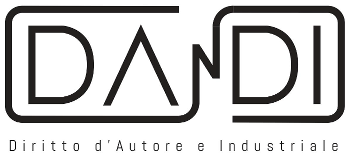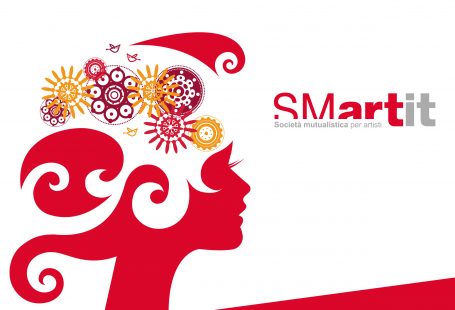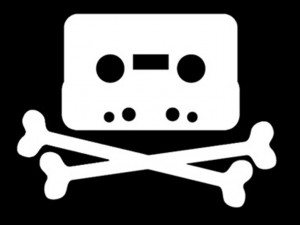Media literacy refers to all the technical, cognitive, social, civic and creative capacities that allow us to access and have a critical understanding of and interact with media. These capacities allow us to exercise critical thinking, while participating in the economic, social and cultural aspects of society and playing an active role in the democratic process.
This concept covers different media: broadcasting, radio, press, through various channels: traditional, internet, social media and addresses the needs of all age
Media literacy – our capacity to access, have a critical understanding of and interact with the media – has never been as important as today.
It seems that every day, some “fake news” sets the internet alight, only to be revealed later as a hoax. In the era of #badbuzz we are literally swimming in a sea of information, advertising and just plain fiction.
So what is Europe doing to encourage our media literacy?
What measures are being taken on a national and European level to foster our critical appreciation and understanding of the mass media?
The European Audiovisual Observatory, part of the Council of Europe in Strasbourg, has just published a brand new study – free to download – Mapping of media literacy practices and actions in EU-28.
This study was written for and financed by the European Commission and published in March 2017 with the goal of analysing the various media literacy initiatives on a national or regional level in order to provide an overview of what is currently being undertaken. This is the first major mapping exercise to survey the field in Europe. Although this study does not aim at covering the entirety of media literacy initiatives, it provides a detailed analysis of the main trends, based on a selection of 547 projects involving 939 stakeholders across the European Union, which were identified through a questionnaire addressed at national experts from the different EU-28 member states.
Out of the 547 different media literacy projects analysed, the authors found that initiatives to develop “critical thinking” were the clear winner, representing a massive 403 out of 547. This is followed by “media use” with a total of 385 projects aiming at improving our ability to search, find and navigate and use media content and services.
Other major findings of this unique study include the fact that civil society plays a very active role in media literacy projects, representing around one third of all stakeholders. Interestingly, the study states that two thirds of the main stakeholders involved in media literacy projects actually have no formal responsibility or duty to act in this field. Although the study does not extend to school-based projects (at the demand of the European Commission, given that other studies exist), remaining extra-curricular in its approach, the authors found that “teens and older students” are the main target demographic for media literacy projects.
Dandi Law Firm provides legal assistance in Copyright and New Media. Check out our Services or contact Us!





